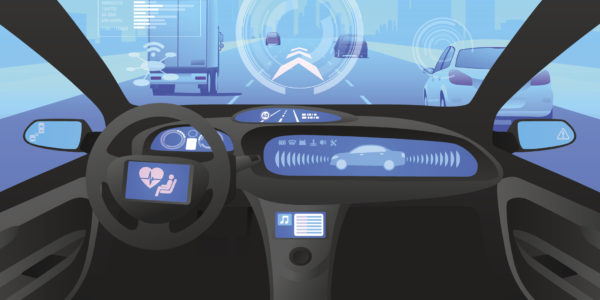Automobile safety improves incrementally with each year, as do many other components of the modern vehicle. You might be surprised to see just how much safer our vehicles are today than they were in the 1990s — just 20 years ago.
One of the main reasons that safety has improved so drastically in the last 20 years is the introduction of front crash tests in 1995. For a side-by-side comparison, check out this video showing comparable 1997 and a 2017 vehicles in front-crash tests. You’ll notice, from the list below, that many of the improvements seen in the video relate to the safety regulations and tests made available by the National Highway Traffic Safety Administration.
Modern Safety Improvements since 1990
In 1991, the first rear-seat belt law was passed, assuming that the vehicle had rear seat belts. Vehicles produced prior to 1984 may not have included them.
The National Highway Traffic Safety Administration (NHTSA) introduced the 5-star safety ratings program, which is intended to help American vehicle owners understand vehicle safety information.
In 1995, what is sometimes called “one of the most vital safety aids of modern times” was introduced by Mercedes. Stability and Traction Control were brand new in 1995. They allowed the vehicle to automatically apply the brakes, via ABS, and cut power to a skidding wheel when loss of steering was detected.
Side impact testing was introduced by the NHTSA in 1996 as part of the 5-star Safety Ratings Program.
Although not a direct change to automobiles, in 1998, all 50 states and Washington D.C. passed zero tolerance laws for those under 21, implementing harsher punishments for those underage drivers whose BAC is over 0.02.
Dual air bags were required for all cars, light trucks, and vans from model year 1999 forward.
In 2000, the 5-star safety program was expanded to include testing and rating for rollover resistance. In 2001, the NHTSA added a crash avoidance rating, meant to measure the chance a vehicle would roll over in a single-vehicle accident.
2004 brought the first blind spot warnings, which are still considered a modern option. When a vehicle lingers in your blind spot, the system alerts the driver.
2007 introduced two new regulations. Electronic stability control is federally required in all passenger vehicles to help drivers maintain control, and tire pressure monitoring systems are required to alert drivers of tire pressure issues.
Drunk driving and distracted driving faced new regulations and major campaigns in the early 2005 and 2009.
The 5-star safety rating system was updated again in 2010 and in 2015.
